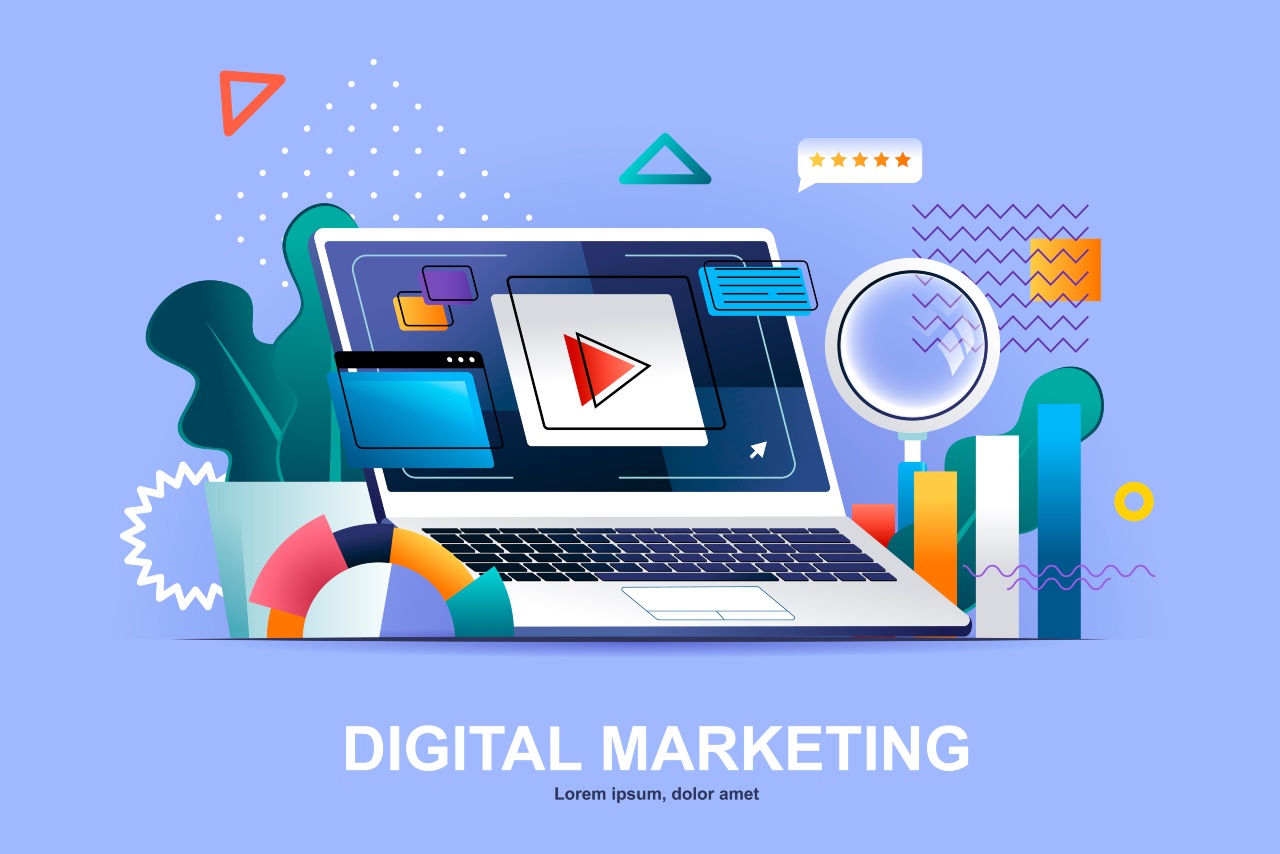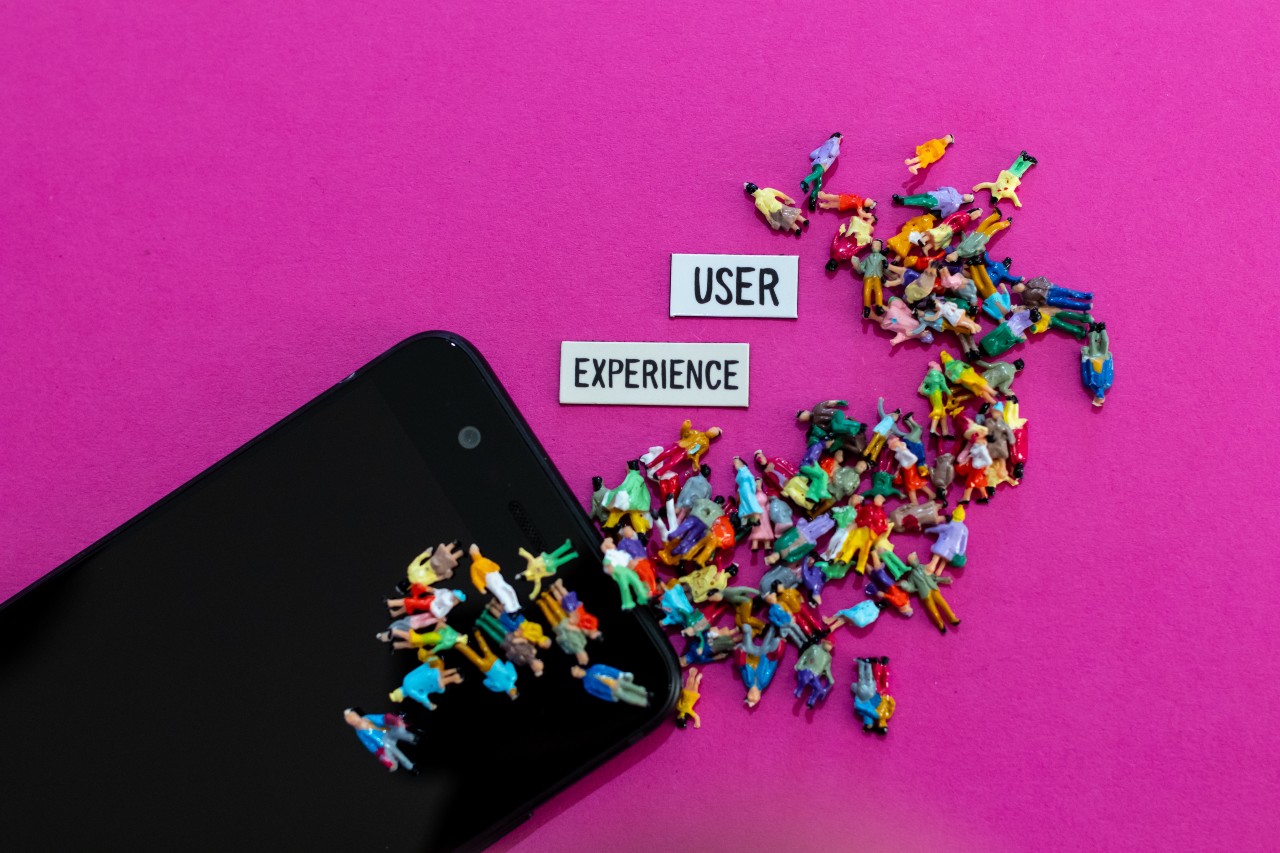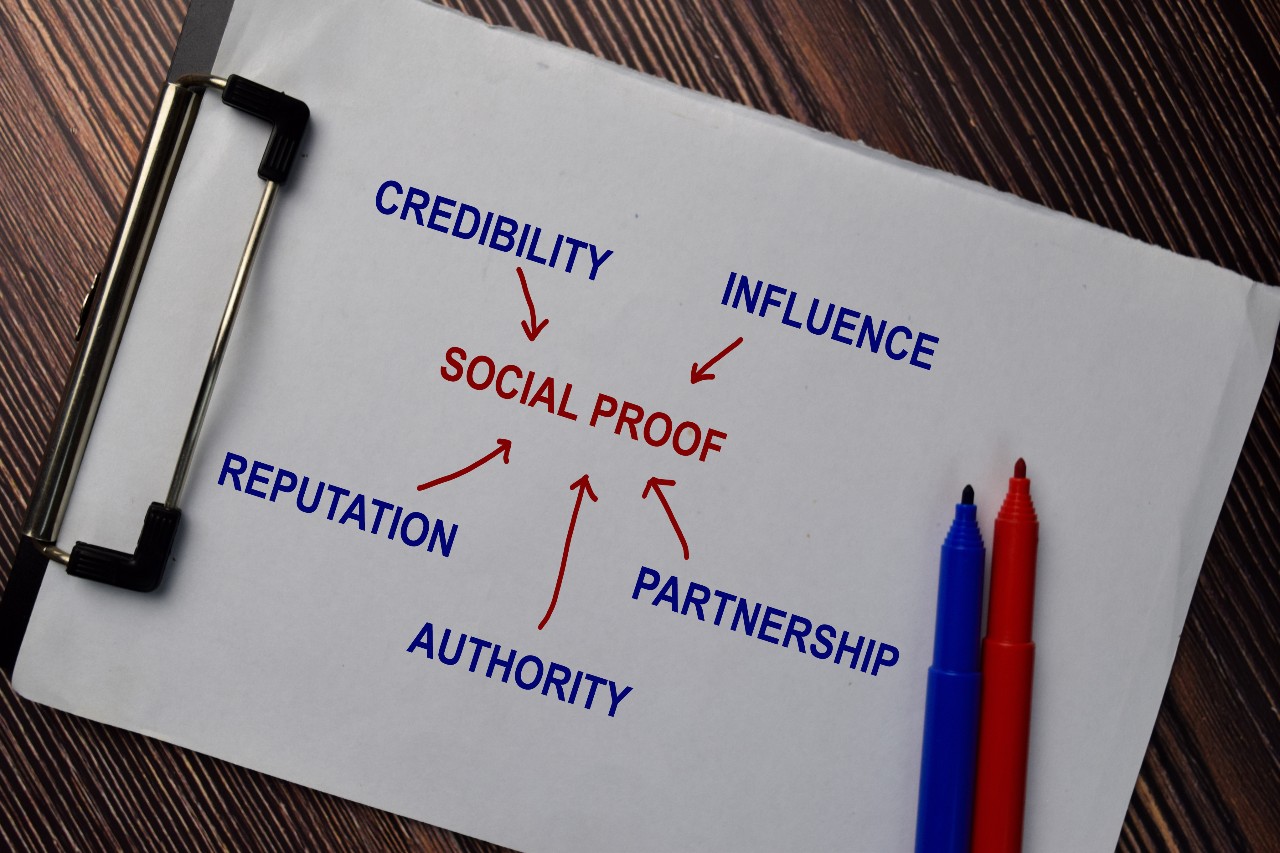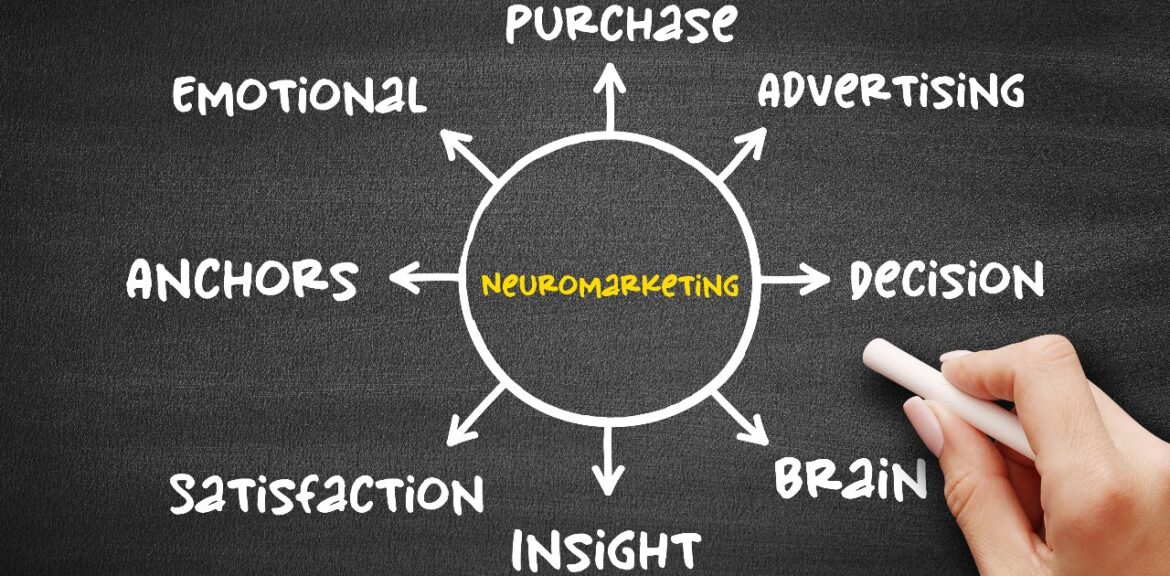
Today, understanding consumer behavior is paramount. One emerging approach is leveraging neuroscience, the scientific study of the nervous system, to craft more effective marketing campaigns. By tapping into how the brain processes information and makes decisions, marketers can enhance their strategies to better engage and persuade their audiences. Here’s a look at how neuroscience can be applied to boost marketing campaigns.
-
Understanding Consumer Emotions for Neuroscience Marketing
Emotions play a crucial role in decision-making. Neuroscience reveals that emotional responses are faster and often more powerful than cognitive responses. To harness this, marketers should focus on creating emotionally charged content.
For example, advertisements that tell compelling stories or evoke strong emotional reactions (joy, sadness, fear, surprise) are more likely to be remembered and shared. Techniques such as storytelling, powerful visuals, and relatable scenarios can trigger emotional engagement, making the message more impactful.
Example: Coca-Cola’s “Share a Coke” campaign used personalized bottles to evoke a sense of happiness and belonging, driving both emotional engagement and sales.
-
Using Neuromarketing (Neuroscience Marketing) Tools
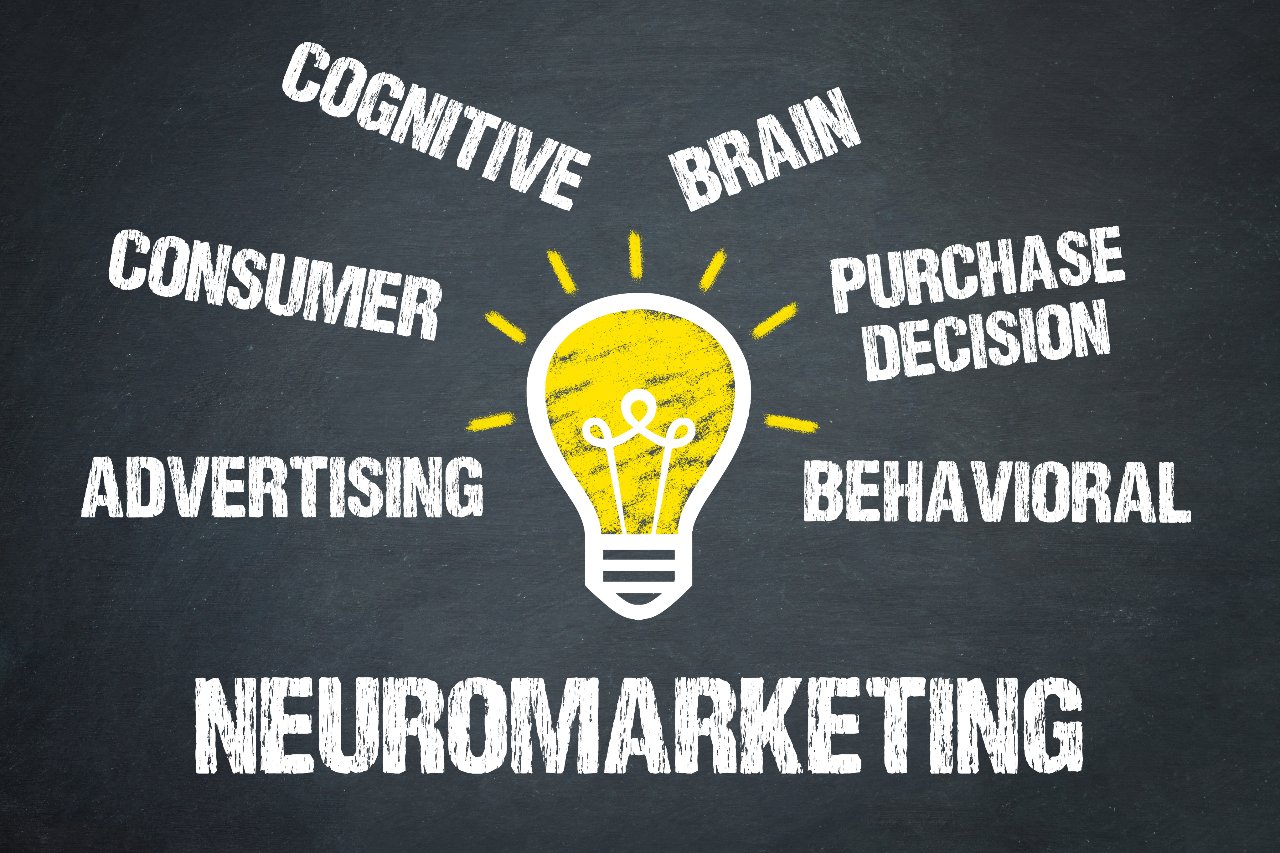
Neuromarketing utilizes tools like EEG (electroencephalogram) and fMRI (functional magnetic resonance imaging) to measure brain activity in response to marketing stimuli. These tools help marketers understand which elements of an advertisement capture attention, generate emotional responses, or prompt decision-making.
EEG measures electrical activity in the brain and is used to track how consumers respond to different aspects of a campaign in real-time. fMRI, on the other hand, measures changes in blood flow to different parts of the brain, indicating levels of engagement and emotional response.
Insights gained from these tools can guide the creation of more effective advertisements by focusing on elements that elicit positive neurological responses.
Example: In a study using fMRI, researchers found that ads featuring highly recognizable characters, like celebrities or mascots, elicited stronger emotional responses, leading to higher brand recall.
-
The Power of Visuals
The brain processes images much faster than text. Neuroscience shows that visual content can be a powerful tool in capturing attention and conveying messages quickly and effectively. Marketers should leverage high-quality images, infographics, videos, and other visual elements to enhance their campaigns.
Additionally, color psychology plays a significant role in influencing consumer behavior. Different colors can evoke different emotions and reactions. For instance, blue is often associated with trust and calmness, while red can evoke excitement and urgency.
Understanding these associations can help in designing visuals that align with the desired emotional response.
Example: Brands like Apple and Nike use minimalist designs with strong visual elements to create a lasting impression and convey their brand message effectively.
-
Crafting Compelling Calls to Action (CTAs) for Neuroscience Marketing
CTAs are crucial in guiding consumer behavior. Neuroscience marketing suggests that CTAs that create a sense of urgency or scarcity can be highly effective. Phrases like “limited time offer” or “only a few left” trigger a fear of missing out (FOMO), prompting quicker decision-making.
Moreover, using action-oriented language and positioning CTAs strategically within the content can increase their effectiveness. The brain is naturally drawn to certain areas of a webpage, such as the top right corner or the middle, which are optimal positions for placing CTAs.
Example: Amazon’s use of “Deal of the Day” and countdown timers effectively creates urgency, encouraging immediate purchases.
-
Personalization and Relevance
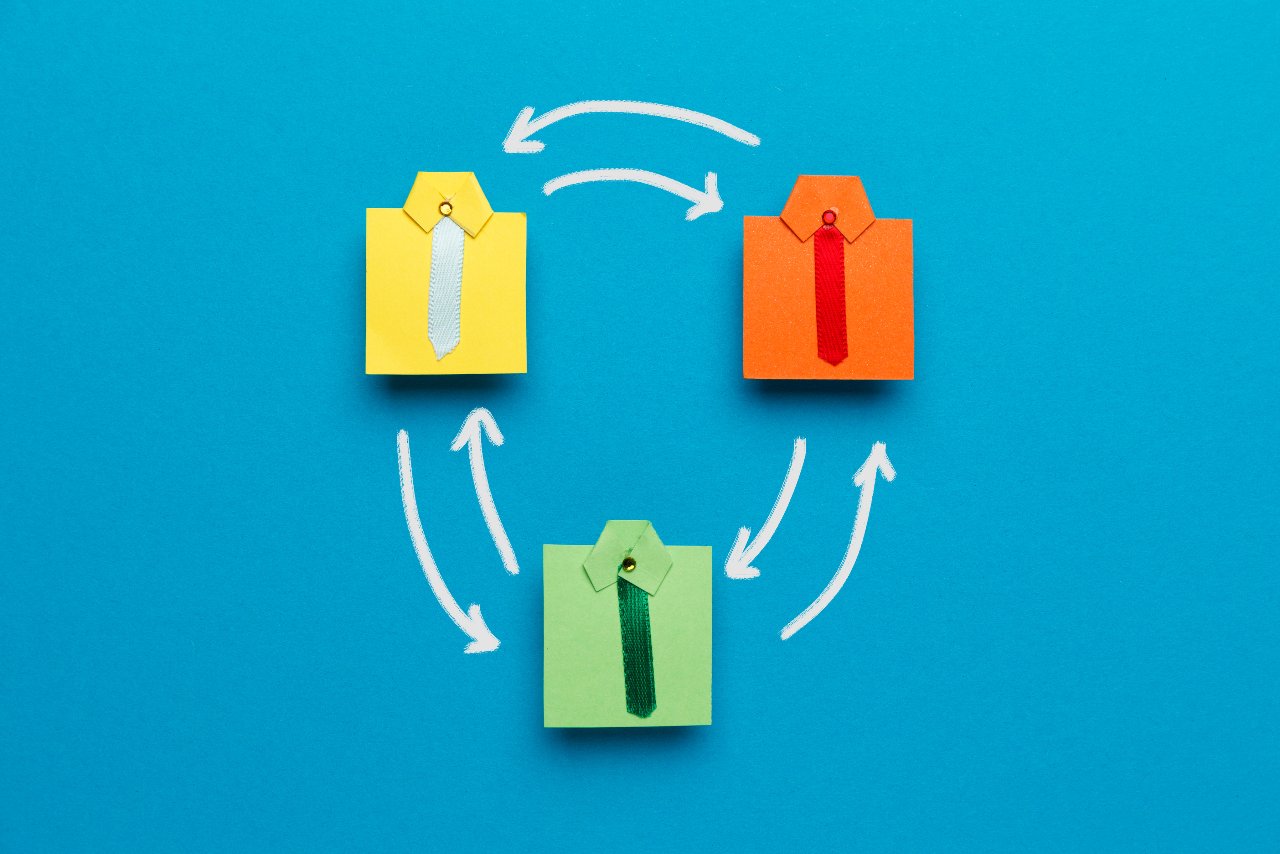
Neuroscience shows that the brain is more receptive to personalized content. Personalized marketing, which tailors messages to individual preferences and behaviors, can significantly enhance engagement and conversion rates.
By using data analytics and machine learning, marketers can create personalized experiences that resonate with consumers on a deeper level.
Example: Netflix’s recommendation algorithm, which suggests content based on viewers’ past behavior, keeps users engaged and returning to the platform.
You may also like:
-
Optimizing Cognitive Load in Neuroscience Marketing
Cognitive load refers to the amount of mental effort required to process information. Simplifying messages and reducing unnecessary complexity can make it easier for consumers to understand and engage with the content.
Clear, concise, and focused messaging helps in reducing cognitive load, making the information more digestible and the decision-making process smoother.
Example: Google’s homepage, with its clean design and minimal text, is optimized to reduce cognitive load, providing a seamless user experience.
Final Words
By understanding and applying principles of neuroscience, marketers can design campaigns that align more closely with how consumers think and feel. From leveraging emotional triggers and visual content to utilizing neuromarketing tools and personalizing messages, these strategies can significantly boost the effectiveness of marketing efforts.
In the meantime, if you need help with your digital marketing, we are here for you. Feel free to contact us and learn more about our digital marketing services. You can find more information at Sylably.com or on our flagship Facebook page.
You might also like:
How Best to Leverage AI and ML for Precision Marketing in 2024
Did You Like this Article?
If you found this article helpful, please share with your friends, family, and colleagues who might also be interested in digital marketing services.
We would also love to hear your opinion, thoughts, and advice! Please leave your comments in the box below.
Thank you!

